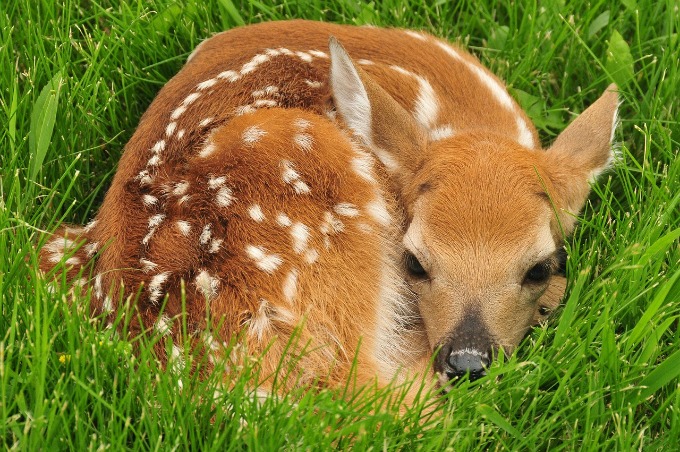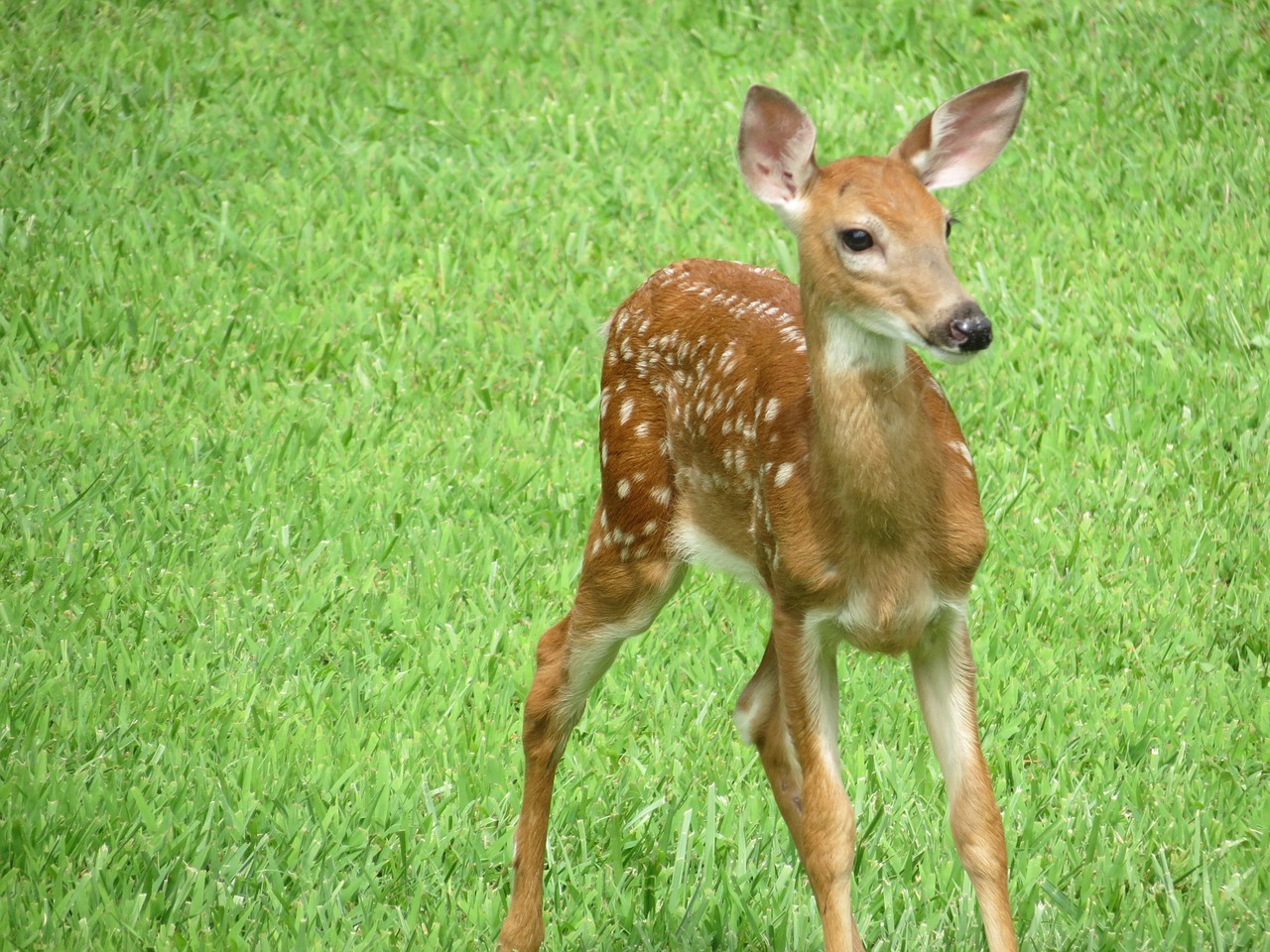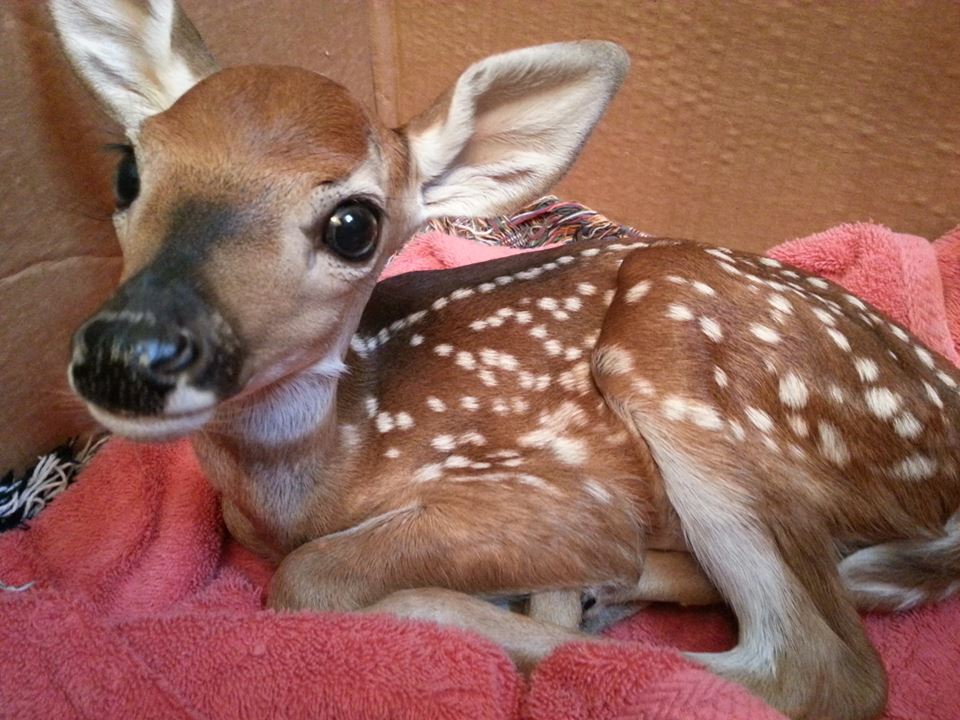It’s that time of the year in the Texas Hill Country. Between the months of April and early July, the herds of whitetail deer that enjoy grazing in our yards are welcoming adorable, spotted fawns to their clans. Along with these fawns come the inevitable pleas from nature lovers who have taken to social media, asking for help in rescuing an “abandoned” fawn.
Texas Parks and Wildlife rehabilitators estimate that 40% or more of the deer fawns who are taken to rehabilitators are not orphans or injured. Typically these incidents are well-meaning but misguided attempts to “save” seemingly abandoned fawns. So, how do you know if a fawn is really in danger or not?
Play the “waiting game”
 Photo: Pixabay
Photo: Pixabay
The first thing to do if you spot a fawn is to wait and see. According to wildlife educators at Texas Parks and Wildlife, newborn fawns are often left alone for upwards to 10 hours during the day. There’s a good chance that the next time you go out to check on the fawn, it will be gone – reunited with mom.
Wandering and Disoriented Fawn
 Photo: Pixabay
Photo: Pixabay
Fawns are generally very quiet and don’t make much noise. If you encounter a baby who is wandering around and crying, this might be an indication that mom isn’t around. If the fawn seems disoriented or unsettled, you might have an abandoned fawn on your hands.
Approach with Caution
 Photo: Pixabay
Photo: Pixabay
If you must approach the fawn to check on its health, do so with caution. It is a myth that touching a fawn will cause mom to reject it. However, your scent could alert predators to the fawn’s location, so it’s always best to keep your distance unless you suspect that the fawn needs help.
A common cause of distress in abandoned fawns is dehydration. To test for dehydration in fawns, carefully pinch the skin between his shoulder blades. Does it fall right back into place or does it stay bunched up? If it stays bunched up, this is a sign of dehydration and indicates that the baby hasn’t nursed in a while.
Now what?
 Photo: All Things Wild Rehabilitation, Inc.
Photo: All Things Wild Rehabilitation, Inc.
If you have determined that a fawn is in danger and needs your help, the best thing that you can do is find a wildlife rehabilitation center or rehabilitator near you. The Texas Parks and Wildlife website has a comprehensive list of all wildlife rehabilitators by county. Contact the rehabilitator nearest you for assistance. Remember that these are volunteers who give up their own evenings and weekends to help wildlife in need. They’ll do what they can to help.
Lastly, while there’s nothing cuter than a fawn, reconsider the urge to keep it and raise it as your own. Rearing a wild animal is much more difficult than it seems and often results in the untimely death of the animal. Also, it is illegal to possess wildlife without the required state and federal permits.
It can be alarming to find a small, (seemingly) helpless baby all alone, but rest assured that, in most circumstances, this fawn is doing just what it should be doing. Mom is very likely grazing nearby with a watchful eye on the whole situation (as mothers typically do). While most people’s intentions are good, jumping in to assist a wild animal is seldom what is best for everyone involved. Sometimes it’s best to leave nature alone and admire it from afar.
 Photo: Pixabay
Photo: Pixabay


 Photo:
Photo:  Photo:
Photo:  Photo:
Photo: 